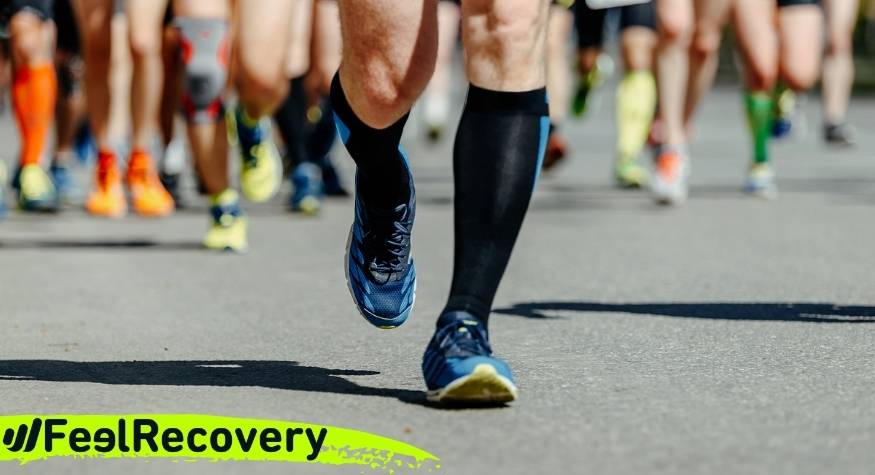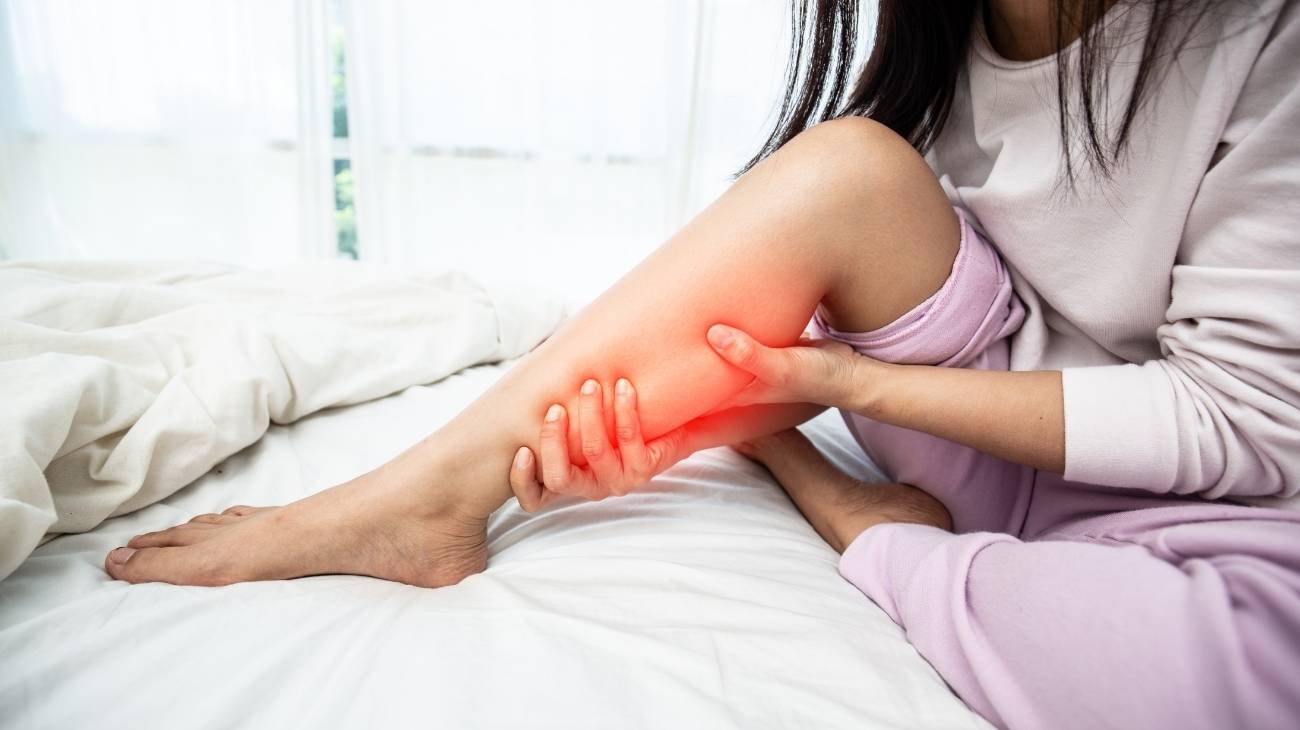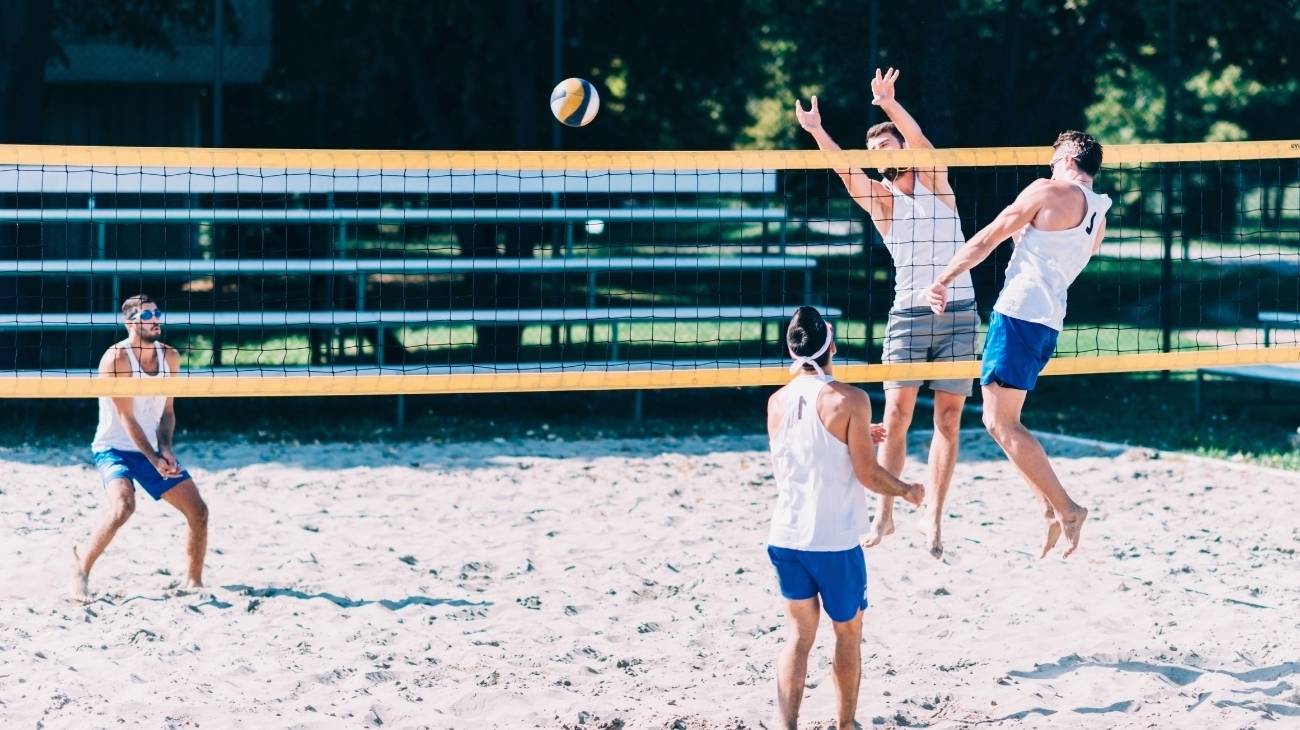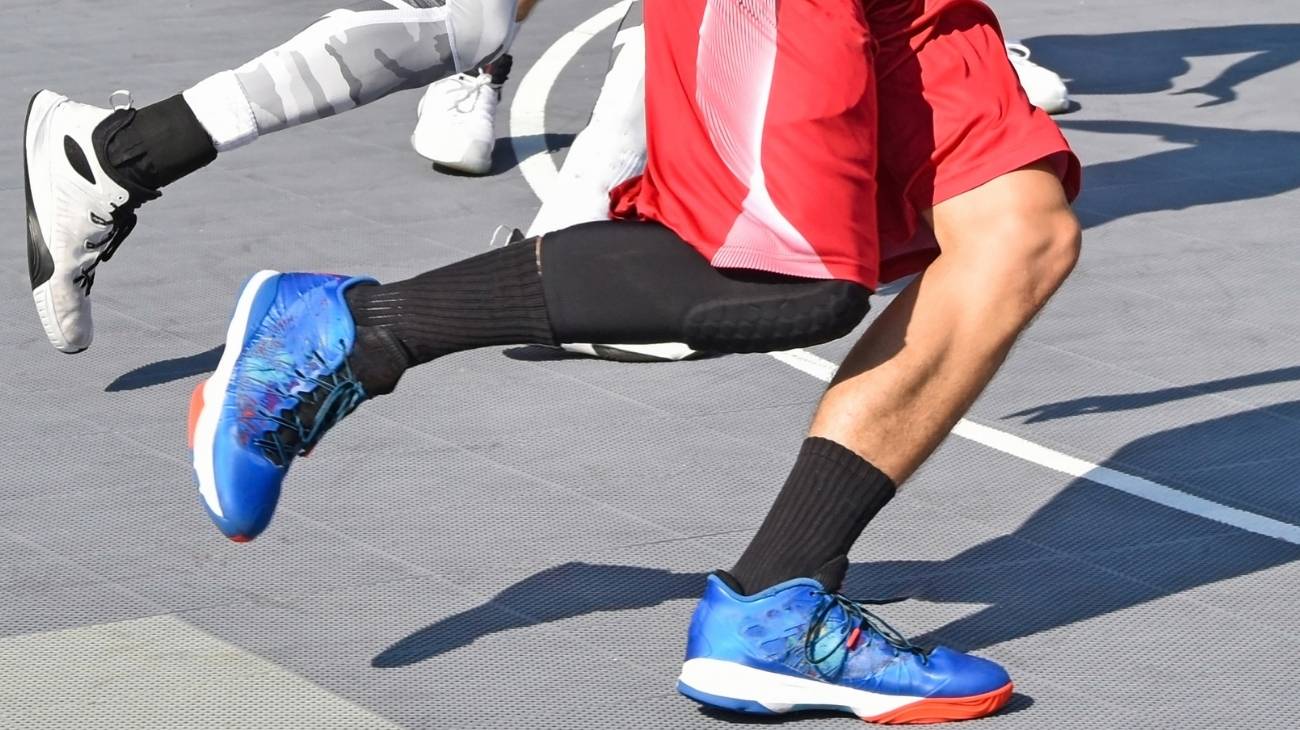Running is a physical activity that has gained many followers in recent years. It is an activity that can be practised both competitively and recreationally. It helps to strengthen bones, tone muscles and reduce the risk of multiple diseases.
However, it is also distinguished as a sport that can trigger different injuries in the lower limbs, especially in the calf area. Therefore, as runners are not exempt from injury, it is valuable for them to wear useful protective clothing, and among these, compression calf sleeves for runners are predominant.
What are the most common calf injuries when running?
When running a specific distance in a specific amount of time, there are many factors that influence the sudden eventuality of a runner's injury. Considering that, as well as the overall health of the person, their techniques and the quality of their stretching or warm-up, the deficit of their protective equipment also plays apart.
Consequently, the most common running injuries are as follows:
Calf strain
This is a condition that causes a muscle tear in the calf area and is caused by elongation beyond the maximum limit of its elasticity. In fact, it is a serious and sudden injury that affects the muscle responsible for flexing the inside of the leg. For this reason, a calf tear triggers intense pain, as well as bruising.
In runners, this type of injury is caused by a lack of stretching before training, as well as overexertion in the area and prolonged training. Once the tear manifests itself, the runner may feel a prickling sensation in the calf during running and will have to rest for 3 to 4 weeks to recover.
Calf cramps
Another common type of injury in the calf region when running. It basically consists of a sudden and involuntary contraction of one or more muscles due to a lack of stretching before and after exercise, a lack of blood supply to the calf muscle or dehydration. As a result, it tends to manifest itself during running, especially when it is intense.
Fortunately, it is not a serious type of injury and therefore only involves a recovery of one to two days. It is usually treated with massage therapy to alleviate the effects of the spasm, as well as thermotherapy, cryotherapy and stretching exercises to help stretch the calf muscle properly to restore its function.
Calf contractures
As the calves consist of two main muscles (gastrocnemius and soleus) it is an area prone to contractures. This is a type of condition that is distinguished as a contraction or stretching of one or more muscles at the back of the leg and, as a consequence, produces considerable pain accompanied by stiffening of the musculature and functional problems.
As such, it is an injury that is highly painful to the touch and because of this, it can be easily diagnosed. However, its level of severity is moderate, thanks to the fact that the recovery time required does not exceed 7 days (sometimes even less). In running, calf contracture is caused by short warm-ups, muscle fatigue, short recovery time and weakness.
Muscle pull
Also known as "calf muscle strain", it is based on a pathology caused by the elongation of the muscle fibres adjacent to the region. It is prevalent in athletes who have to perform accelerations, decelerations or continuous changes of direction and therefore frequently affects runners. Thus, it negatively affects the muscle group at the back of the calf.
Indeed, runners who warm up poorly, perform excessive muscle extensions, take inadequate rest time and have overuse or muscle weakness are prone to injury in this way. As a result, they manifest a sudden sharp pain in the calf muscles, discomfort when contracting/stretching the muscle and inability to continue with their sport.
Bestseller
-
2 Calf Compression Sleeve (Black/Gray)
$19.95 -
2 Calf Compression Sleeve (Green/Navy)
$19.95 -
2 Calf Compression Sleeve (Pink/Bordeaux)
$19.95 -
Sport Compression Socks (1 Pair) (Black/Gray)
$19.95 -
Sport Compression Socks (1 Pair) (Green/Navy)
$19.95 -
Sport Compression Socks (1 Pair) (Pink/Bordeaux)
$19.95
What are the benefits of compression calf sleeves for runners?
Indeed, compression calf supports for runners are those garments that guarantee a feeling of rest and comfort during the run to the athlete. Their main function is to exert a controlled upward force by compressing more on the ankle and less on the calf in order to accelerate venous return.
They offer optimal benefits:
- They protect the calf muscles from injury during competitions, on uneven terrain and during fast, intense runs.
- They speed up the muscle recovery process, thanks to the support that stimulates venous return.
- Minimise fatigue before and after running by absorbing vibrations in the circulatory, muscular and joint systems.
- They increase runners' performance by reducing lactic acid to maximise energy.
- They provide comfort and lightness, because each movement causes a micro-massage through their fibres.
- They reduce muscle soreness and inflammation that tends to occur after competitions.
What features should you consider before choosing the best compression sleeves for running?
When buying a compression running calf sleeve, it is important to take into account different factors to determine the best possible alternative, depending on your needs as an athlete. This is why, as a buying guide, we highlight what to consider when choosing your ideal compression calf sleeve:
According to its function
Both before, during and after, you can use these textile devices on your calves, depending on the function they promise to fulfil. It is therefore essential that you purchase a calf brace that is suitable for what you need, considering the following classification:
- Before: They are designed to relax and rest the area, prior to the competition in order to acquire much more strength and energy.
- During: They are designed to reduce muscle pain and delay fatigue in the middle of a race. Thus, they influence performance.
- After: They help the area to recover more quickly after the competition, to avoid inflammation of the muscles.
Manufacturing material
Be sure to check that the fabric has been made of nylon, polyester, elastane or any quality synthetic material that facilitates high breathability and does not absorb moisture, as this will make the socks soaked with sweat and heavier. In addition, if possible, buy a compression twin with quick-drying fibres.
Compression type
It is worth using a suitable type of support or compression, in order to avoid irritation or soreness of the muscles in the area. Therefore, pay attention to the pressure that the accessory will exert (light, moderate, strong or extra-strong) so that your performance can be favourable throughout your run. According to experts in the field, these garments should provide compression between 15 and 30 mmHg, on average (i.e. mild or moderate).
Size
Most manufacturers make these textile accessories in sizes S, M, L and XL to suit the anatomy of each runner so that the calf sleeve fit correctly. Therefore, you must choose your exact size, according to the brand's instructions (if it is between two sizes, take the larger one) and in this way, you will avoid the element providing poor compression or causing blood flow strangulation when running. Therefore, it is not advisable to buy one-size-fits-all calf braces.
Design
Given that there are several brands that manufacture this type of textile garments at a sports level, you can find multiple designs of calf braces that manage to adapt to the tastes of each runner or athlete. Therefore, as long as they meet the required function, the appropriate size and the type of efficient support; you can select any design that suits your personality and makes you stand out from the rest of the competitors.
Price
Depending on the function, type of support, material of manufacture, design, brand and extra details, the cost of a running calf sleeve can vary. It should be noted that it is not appropriate to use low-quality calf supports to save money, as they do not provide the desired benefits.
Do compression calf sleeves really work to improve performance and recovery in runners?
In short, yes. Because, through their functions, they seek to cover the main needs of athletes, which are based on optimising their productivity and promoting a more agile rehabilitation. Taking into account that, thanks to the fact that they are anti-fatigue, they reduce the lactic acid that accumulates and promote the protection of the area, they manage to increase the performance of the calf muscles when running.
In addition to this, in the post-race period, they are responsible for producing a health-renewing effect, because they prevent pain, inflammation and other discomforts that occur due to overloading the area. Since they provide comfort to the muscles, the return of circulation is immediately noticeable.
The sports compression sleeves for runners are the best garment to increase sports performance, and if you have an injury, you can achieve a quick cure with the use of compressive therapy, whose work is effective in improving the internal components of the foot and calf.























